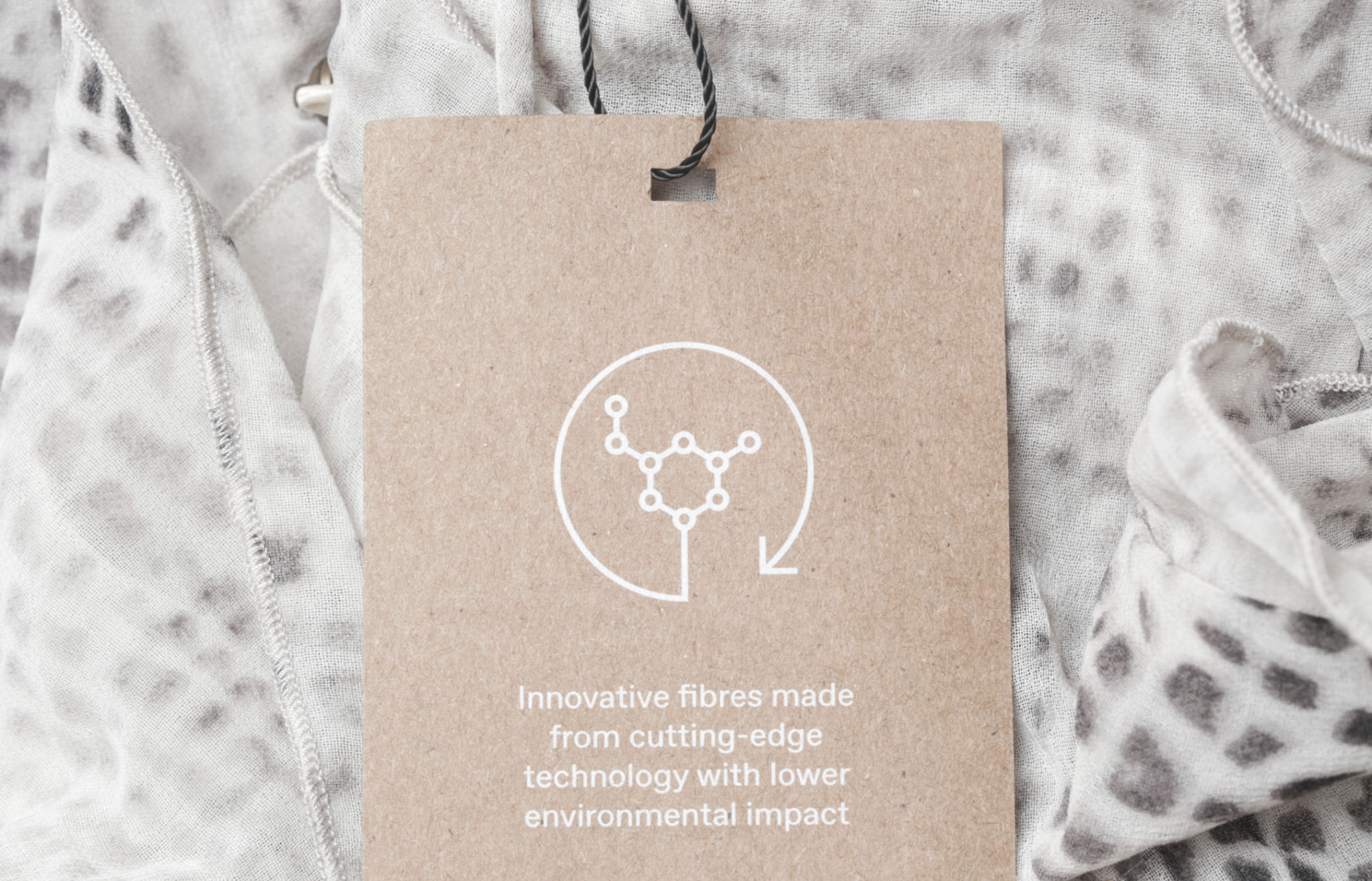Top Innovations in Garment Machinery: What to Expect
The garment industry has consistently evolved, leveraging advanced technology to enhance production efficiency and product quality. As we look to the future, several groundbreaking innovations in garment machinery are set to transform the landscape even further. Let's explore some of the most exciting developments on the horizon.
Automation and Robotics
Automation is not a new concept in garment manufacturing, but recent advancements in robotics are taking it to another level. The integration of AI-driven robots in sewing and assembly lines is reducing the reliance on manual labor, ensuring consistent quality, and significantly increasing production speeds. These robots are equipped with sophisticated sensors and software that allow them to handle delicate fabrics with precision.

In particular, automated cutting machines are becoming increasingly popular. These machines use advanced algorithms to optimize fabric usage, minimizing waste and reducing costs. With the ability to work round-the-clock, they offer a tremendous boost in productivity for manufacturers.
Sustainable Fabrication Techniques
The push towards sustainability is influencing all aspects of the garment industry, including machinery. New eco-friendly technologies are being developed to reduce water usage and chemical waste during production. For instance, waterless dyeing machines, which use CO2 instead of water to infuse color into fabrics, are gaining traction as a sustainable alternative.
Moreover, 3D knitting machines are revolutionizing how garments are produced. By creating clothing items directly from yarn without cutting or sewing, these machines not only save materials but also allow for intricate designs and customization. This innovation not only supports sustainability but also opens up new possibilities for designers.

Smart Garment Machinery
The concept of "smart" technology is now being integrated into garment machinery. Smart sewing machines are equipped with IoT capabilities that allow them to communicate with other devices and systems. This connectivity enables real-time tracking of production processes and predictive maintenance, which can prevent costly downtime.
Additionally, the use of AI in garments extends to quality control processes. AI-powered inspection systems can detect defects with greater accuracy than human eyes, ensuring that only high-quality products reach consumers. This technology is particularly beneficial for high-volume production lines where maintaining consistent quality is challenging.

3D Printing in Garment Production
3D printing has made significant inroads into various industries, and garment production is no exception. This technology allows for the creation of intricate patterns and designs that would be difficult or impossible to achieve through traditional methods. It also facilitates rapid prototyping, enabling designers to bring their ideas to life quickly and efficiently.
As 3D printing technology continues to advance, it holds the potential to revolutionize custom clothing production. Consumers could soon have access to personalized garments tailored precisely to their measurements and preferences, enhancing the overall customer experience.
In conclusion, the future of garment machinery is incredibly promising, with numerous innovations set to redefine how clothes are made. As these technologies continue to develop, they will not only improve efficiency and quality but also contribute to more sustainable practices within the industry. Manufacturers who embrace these advancements will likely gain a competitive edge in the ever-evolving fashion landscape.
